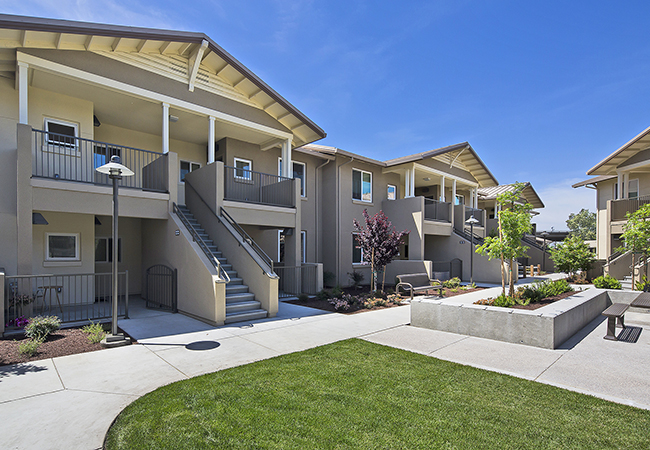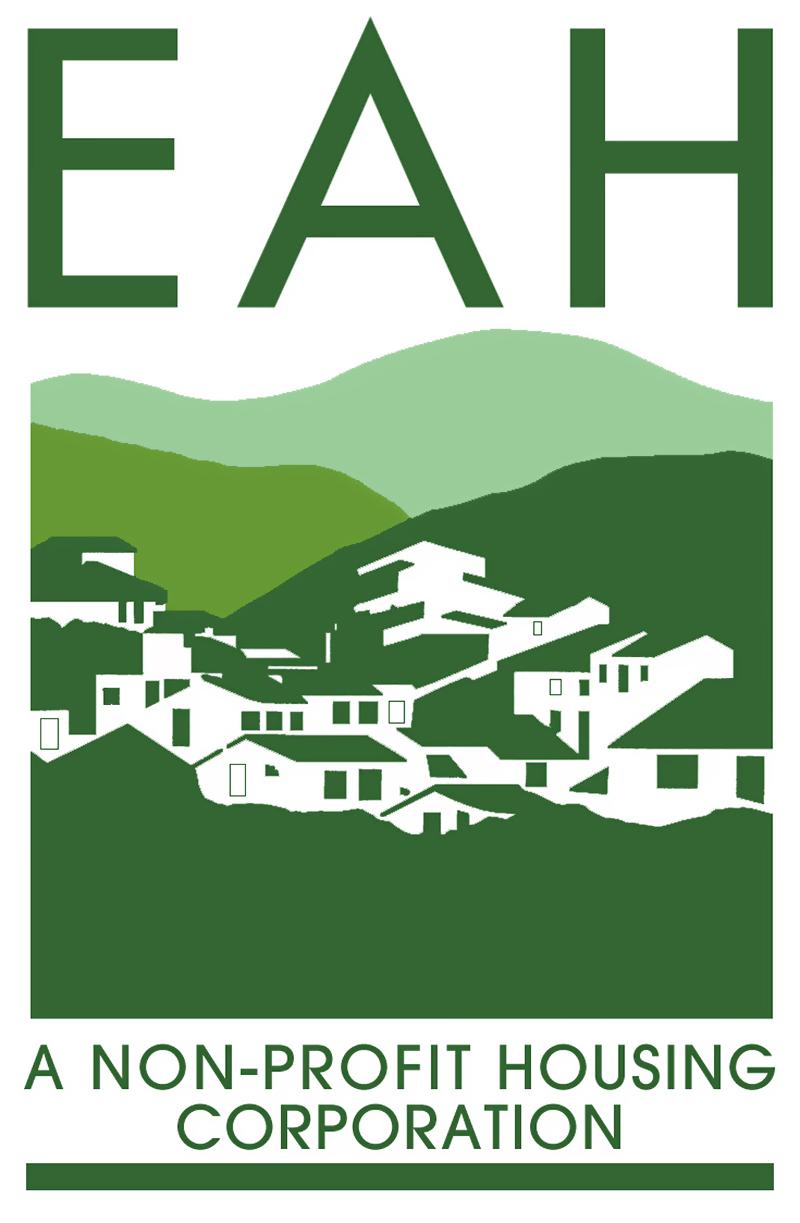For decades, towns all across the state of California have been experiencing a massive shortage in affordable housing, and the city of Modesto is no exception.
An August 2018 article from the Modesto Bee reported that Stanislaus County is in need of around 30,000 rental options for lower-income households. Currently, there are only 10,000 that are considered affordable for very low and extremely low-income families in the county. At the median rate of $1,350 per month for a two-bedroom apartment, renters would need to earn $27 per hour to be able to afford one comfortably. Considering the current minimum wage is $11 an hour in California, this makes the median rental properties in the county unattainable for many families.

To be considered “affordable” a home is often described as costing less than 30% of a household’s total income. For many Californians, as much as 58% of their income is spent on housing, leaving less than half for other expenses, like food, clothes, and other necessities.

Fortunately, however, there are affordable housing nonprofits and coalitions making strides in bringing more affordable homes to Stanislaus. Additionally, there is a great deal of cooperation among many different groups, including developers, local government, lenders, and more who are all working to ensure affordable housing is within reach.
With the Focus on Prevention initiative in place, as well, ten sectors of the community are coming together specifically in hopes of intervening and successfully preventing homelessness and other issues throughout the county.

Avena Bella and Archway Commons are two properties that EAH Housing owns and manages in Stanislaus County. Other communities can be found on the EAH Housing website.










